Home>Interior Design>What Do You Need In A Home Entryway? 5 Design Rules
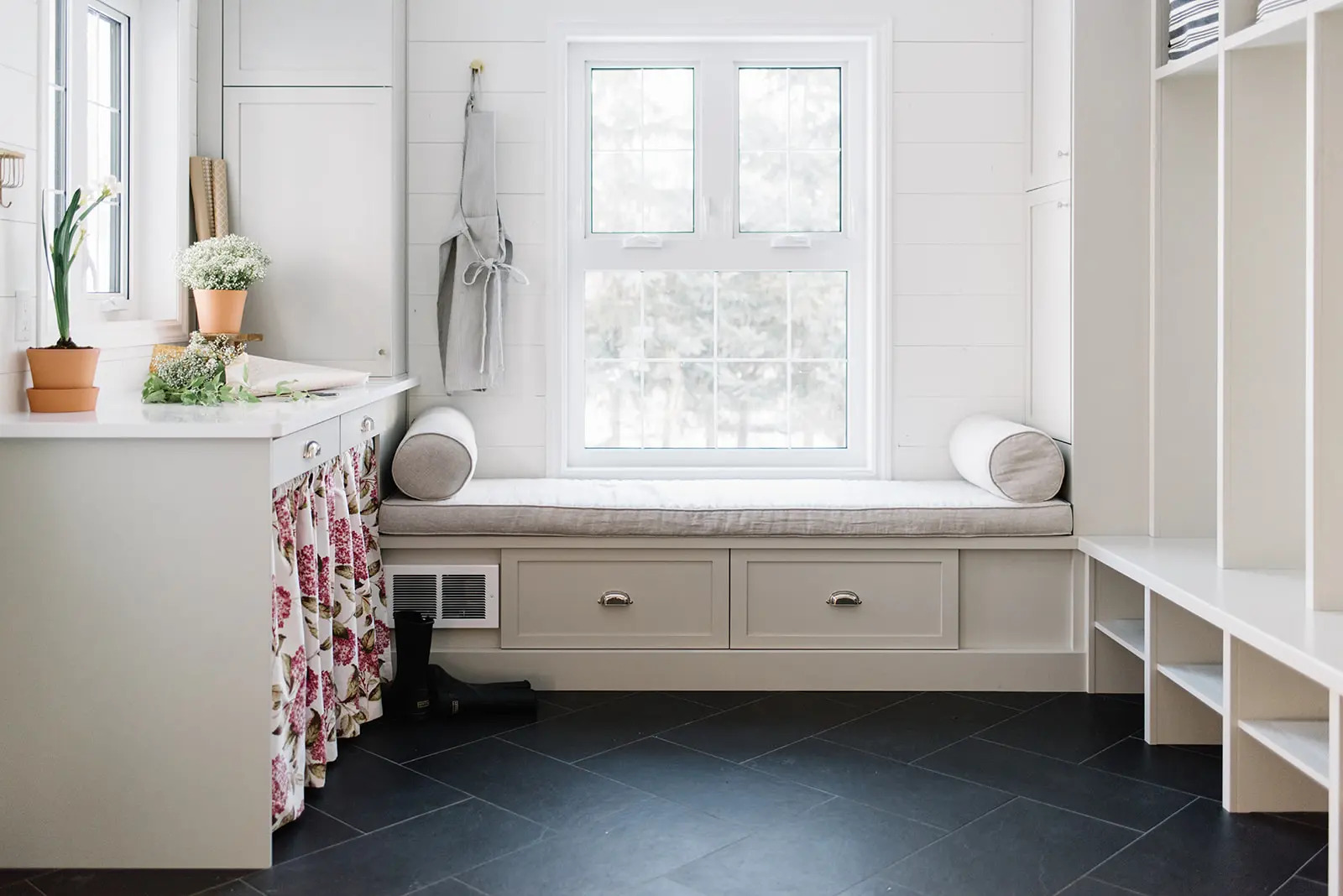

Interior Design
What Do You Need In A Home Entryway? 5 Design Rules
Modified: January 6, 2024
Discover the essential elements for creating a stylish and functional home entryway, following 5 interior design rules. Enhance your space with expert tips and inspiration.
(Many of the links in this article redirect to a specific reviewed product. Your purchase of these products through affiliate links helps to generate commission for Storables.com, at no extra cost. Learn more)
Introduction
Welcome to the world of interior design, where every element within a space plays a crucial role in creating a harmonious and functional environment. When it comes to designing a home, one area that often gets overlooked is the entryway. However, the entryway is the first space that welcomes you and your guests into your home, setting the tone and making a lasting impression.
A well-designed entryway not only enhances the aesthetic appeal of your home but also serves a practical purpose by providing storage, organization, and functionality. In this article, we will explore five essential design rules to consider when creating a beautiful and functional home entryway.
Key Takeaways:
- Create a functional and organized entryway by prioritizing layout, storage, and practical elements. A well-designed entryway streamlines daily routines and ensures easy accessibility for everyday essentials.
- Infuse your entryway with personal style, incorporating focal points, color, texture, and personal touches. Set the stage for a welcoming atmosphere that reflects your unique taste and makes a lasting first impression.
Rule 1: Functionality
Functionality is the cornerstone of any well-designed space, and the entryway is no exception. This area should serve as a functional hub, catering to the needs of your everyday life. One key consideration is the layout of the space. Ensure that there is ample room for movement, allowing you and your guests to enter and exit the home comfortably.
In addition to the layout, think about the purpose of your entryway. Do you need a designated area for taking off and storing shoes? Would you like a surface for placing your keys, wallet, and other daily essentials? Consider incorporating furniture pieces like a bench or console table that offer both storage and functionality.
Another aspect of functionality to consider is the inclusion of hooks or a coat rack. This provides a convenient spot to hang coats, scarves, and bags, keeping them easily accessible as you enter or exit your home. Adding a mirror in the entryway is not only a functional element but also helps create the illusion of a larger space while providing a quick glance for one last touch-up before stepping out.
Ultimately, functionality in the entryway means designing a space that seamlessly supports your day-to-day activities, ensuring everything you need is within reach as you come and go.
Rule 2: Storage and Organization
One of the main purposes of an entryway is to provide a designated area for storage and organization. A cluttered and disorganized entryway can create a chaotic start to your day, while a well-planned storage system can bring order and efficiency to your home.
Consider incorporating built-in storage solutions such as cubbies, shelves, or cabinets to keep shoes, bags, and other items neatly organized. This will help prevent clutter from spreading into the rest of your home and give you a designated spot for each item, making it easier to find what you need when you’re rushing out the door.
In addition to built-in storage, consider incorporating furniture pieces that offer hidden storage options. Ottomans or benches with lift-up seats can provide a discreet space to store shoes or seasonal items. Wall-mounted hooks, baskets, or decorative hooks can also be used to hang hats, scarves, and other accessories, keeping them within reach but also neatly organized.
When designing the storage and organization system for your entryway, be mindful of the specific needs of your household. Consider the number of people living in the home and their individual storage requirements. Tailor the storage solution to accommodate items such as backpacks, pet leashes, or sports equipment, ensuring that everything has a dedicated spot.
By incorporating thoughtful storage and organization elements, you can maintain a clutter-free and organized entryway, making it easier to start your day off on the right foot.
Rule 3: Lighting
Lighting plays a crucial role in the overall atmosphere and functionality of any space, including the entryway. Proper lighting not only enhances the aesthetic appeal of the area but also ensures safety and functionality.
When it comes to entryway lighting, consider a layered approach. Start with general or ambient lighting, which provides overall illumination for the space. This can be achieved through ceiling-mounted fixtures, such as flush-mount or semi-flush-mount lights. These types of fixtures distribute light evenly throughout the area and create a welcoming ambiance.
In addition to general lighting, incorporate task lighting to focus on specific areas or activities. This can include table lamps or wall sconces placed near seating areas or console tables, providing targeted illumination for reading, writing, or other tasks. Task lighting is especially beneficial if your entryway serves as a workstation or a place to handle paperwork or mail.
Another essential aspect of entryway lighting is accent lighting. This type of lighting adds visual interest and highlights architectural features or artwork. Consider using wall-mounted picture lights to showcase a piece of art or a statement wall. You can also include recessed LED lighting to highlight focal points or architectural details in the entryway.
Lastly, do not forget about natural lighting. If your entryway has windows or a glass door, make the most of natural light during the daytime. It not only provides a bright and inviting atmosphere but also saves energy. Consider adding window treatments like sheer curtains or blinds to control the amount of natural light entering the space while maintaining privacy.
By incorporating a combination of general lighting, task lighting, accent lighting, and natural light, you can create a well-lit entryway that is inviting, functional, and visually appealing.
When designing a home entryway, consider incorporating a mix of storage solutions, seating, good lighting, a mirror, and a statement piece to create a functional and welcoming space.
Rule 4: Durability and Maintenance
When designing the entryway, it’s important to consider the durability of materials and ease of maintenance. The entryway is often subjected to heavy foot traffic, making it prone to wear and tear. Choosing durable materials will ensure that your entryway withstands the test of time while maintaining its beauty.
Start by selecting flooring materials that are resilient and easy to clean. Hardwood, tile, or laminate flooring are popular choices for entryways due to their durability and low maintenance. They are resistant to scratches, stains, and water damage, making them ideal for high-traffic areas.
In addition to flooring, consider the durability of furniture pieces and accessories in the entryway. Opt for materials that can withstand daily use, such as solid wood or metal. Avoid delicate materials that may get easily damaged or require frequent maintenance.
Another aspect to consider is the ease of maintenance. Entryways tend to accumulate dirt, dust, and debris brought in from outside. Choose finishes and surfaces that are easy to clean, such as stain-resistant fabrics for upholstery, wipeable surfaces for furniture, and washable paint for walls.
Additionally, consider the functionality of your storage solutions in terms of maintenance. Choose storage options that are easy to access and clean, allowing you to keep the entryway organized with minimal effort.
By focusing on durability and ease of maintenance, you can ensure that your entryway remains beautiful and functional for years to come, with minimal time and effort needed for upkeep.
Read more: What Do You Need For Home Improvements?
Rule 5: Aesthetics
The entryway serves as the first impression of your home, so it’s important to consider its aesthetics when designing this space. A well-designed and visually appealing entryway sets the tone for the rest of your home and creates a welcoming atmosphere for you and your guests.
Start by considering the overall style and theme of your home. The entryway should complement the design aesthetic of the rest of your space. Whether your home has a modern, minimalist, rustic, or traditional style, choose elements and decor that align with that aesthetic.
Consider incorporating a focal point in the entryway to draw attention and make a statement. This can be a piece of artwork, a stunning light fixture, or a well-placed mirror. It adds visual interest and serves as a conversation starter.
Color plays a vital role in setting the mood of the entryway. Choose a color palette that reflects your personal style and creates the desired ambiance. Consider using a mix of neutral tones as a base and adding pops of color through accessories or accent pieces.
Incorporate elements of texture and pattern to add depth and visual interest to the entryway. This can be achieved through the use of a textured rug, patterned wallpaper, or decorative accents like throw pillows or baskets.
Lastly, don’t forget to add personal touches that reflect your personality and make the entryway uniquely yours. This can be done through the use of family photos, meaningful artwork, or sentimental objects. It creates a sense of warmth and makes the space feel more inviting.
By paying attention to the aesthetics of your entryway and infusing it with your personal style, you can create a beautiful and welcoming space that sets the stage for the rest of your home.
Conclusion
Designing a well-functioning and visually appealing entryway is essential in creating a warm and welcoming atmosphere in your home. By following the five design rules discussed in this article, you can create an entryway that not only looks beautiful but also serves as a practical and functional space.
First and foremost, prioritize functionality in the entryway. Consider the layout, storage needs, and practical elements that will make your daily life easier. A well-organized and functional entryway will help streamline your daily routines and ensure that everything you need is easily accessible.
Storage and organization are key components of a well-designed entryway. Incorporate built-in storage solutions, furniture pieces with hidden storage, and hooks or racks to keep your entryway clutter-free and organized.
Lighting is another critical aspect to consider. Opt for a layered lighting approach, combining general, task, accent, and natural lighting to create a well-lit and inviting entryway.
Durability and maintenance should not be overlooked in the design process. Choose materials and furnishings that can withstand heavy traffic and are easy to clean and maintain. This will ensure the longevity and beauty of your entryway.
Lastly, aesthetics play a significant role in creating a welcoming entryway. Consider the overall style and theme of your home and incorporate elements that reflect your personal taste. Add focal points, experiment with color and texture, and include personal touches to make the space uniquely yours.
By following these design rules, you can create an entryway that not only makes a lasting first impression but also enhances the functionality, organization, and overall aesthetic of your home. Remember, the entryway sets the stage for the rest of your space, so make it a space that you’re proud to welcome guests into and that serves as a reflection of your personal style and taste.
Frequently Asked Questions about What Do You Need In A Home Entryway? 5 Design Rules
Was this page helpful?
At Storables.com, we guarantee accurate and reliable information. Our content, validated by Expert Board Contributors, is crafted following stringent Editorial Policies. We're committed to providing you with well-researched, expert-backed insights for all your informational needs.
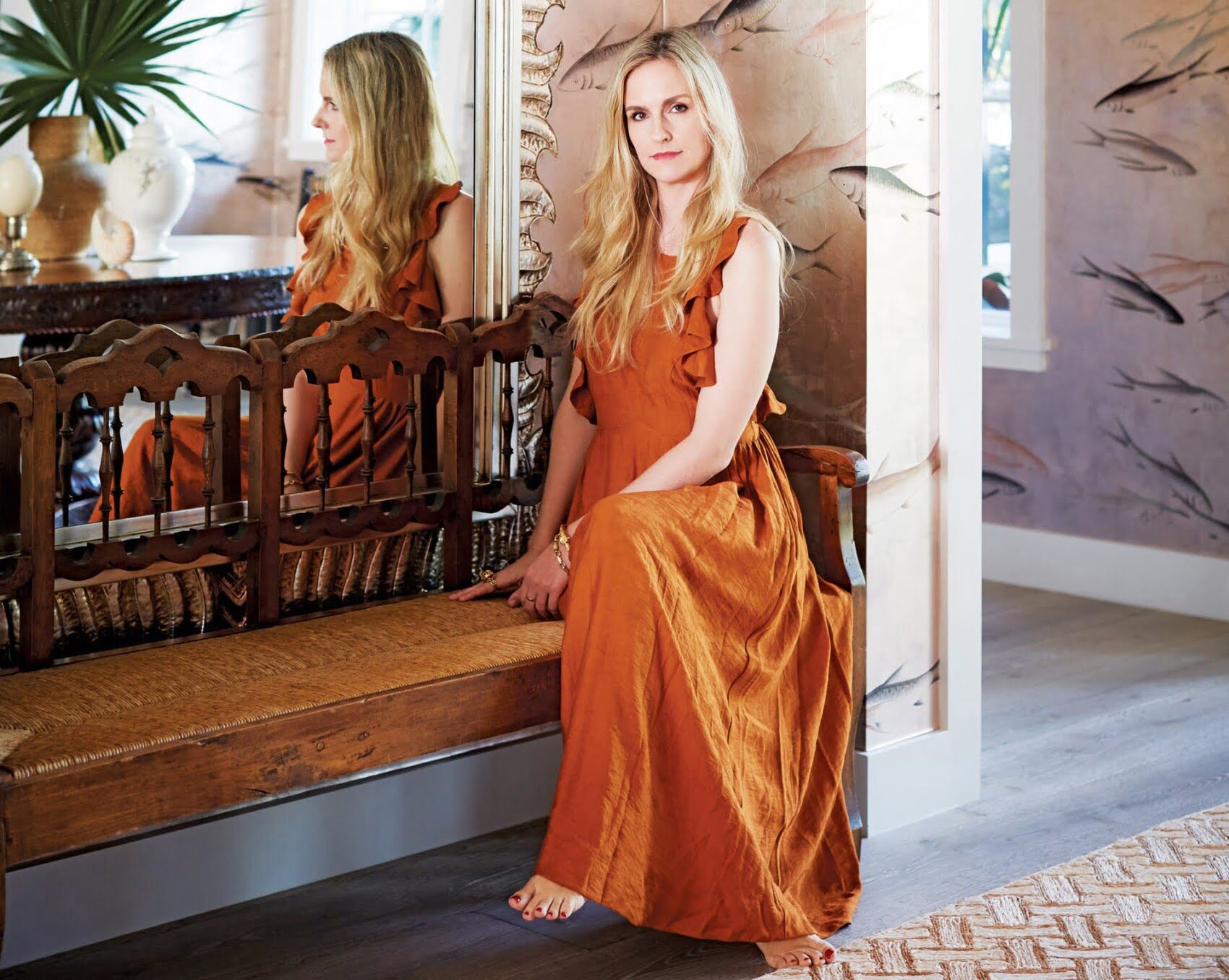

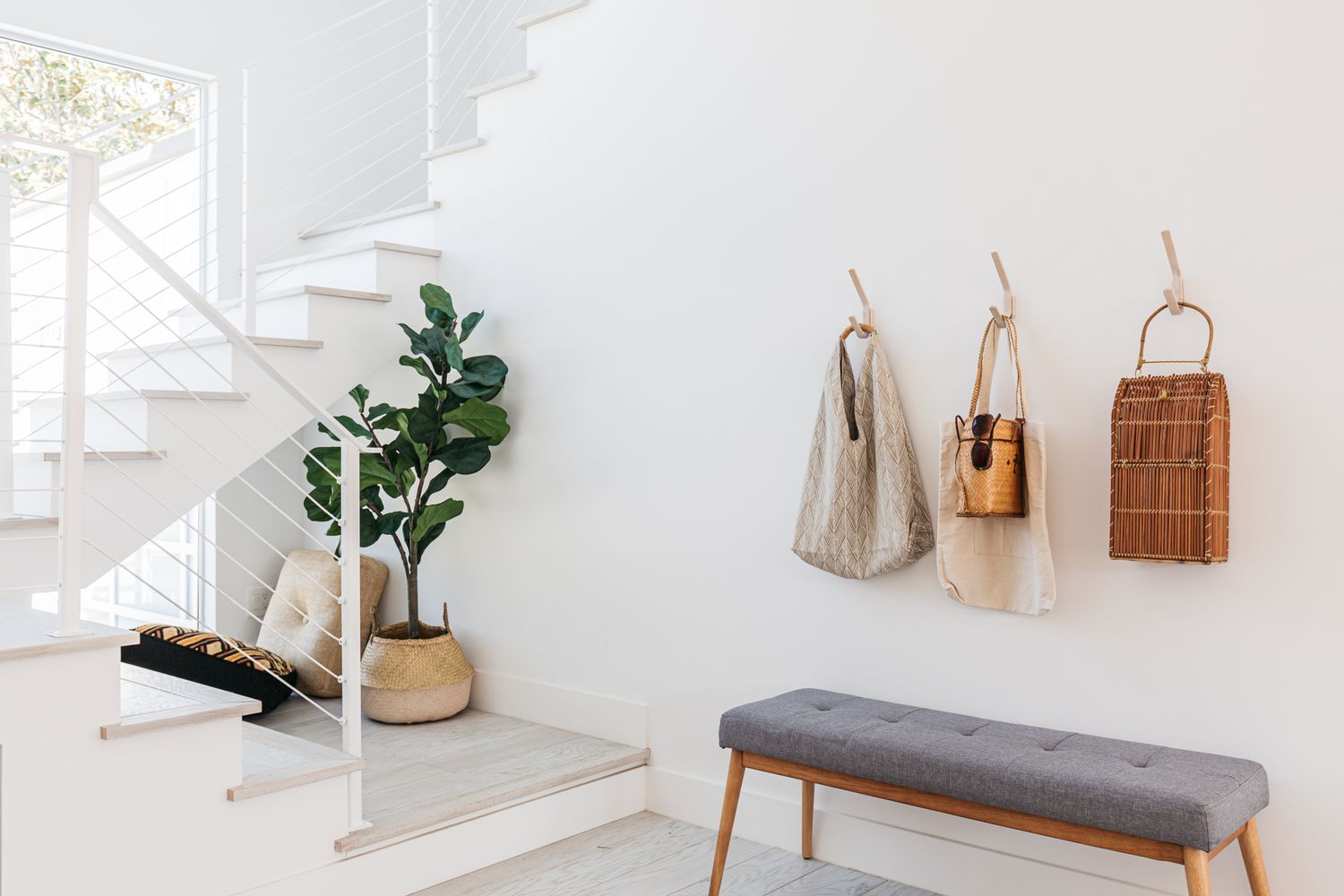
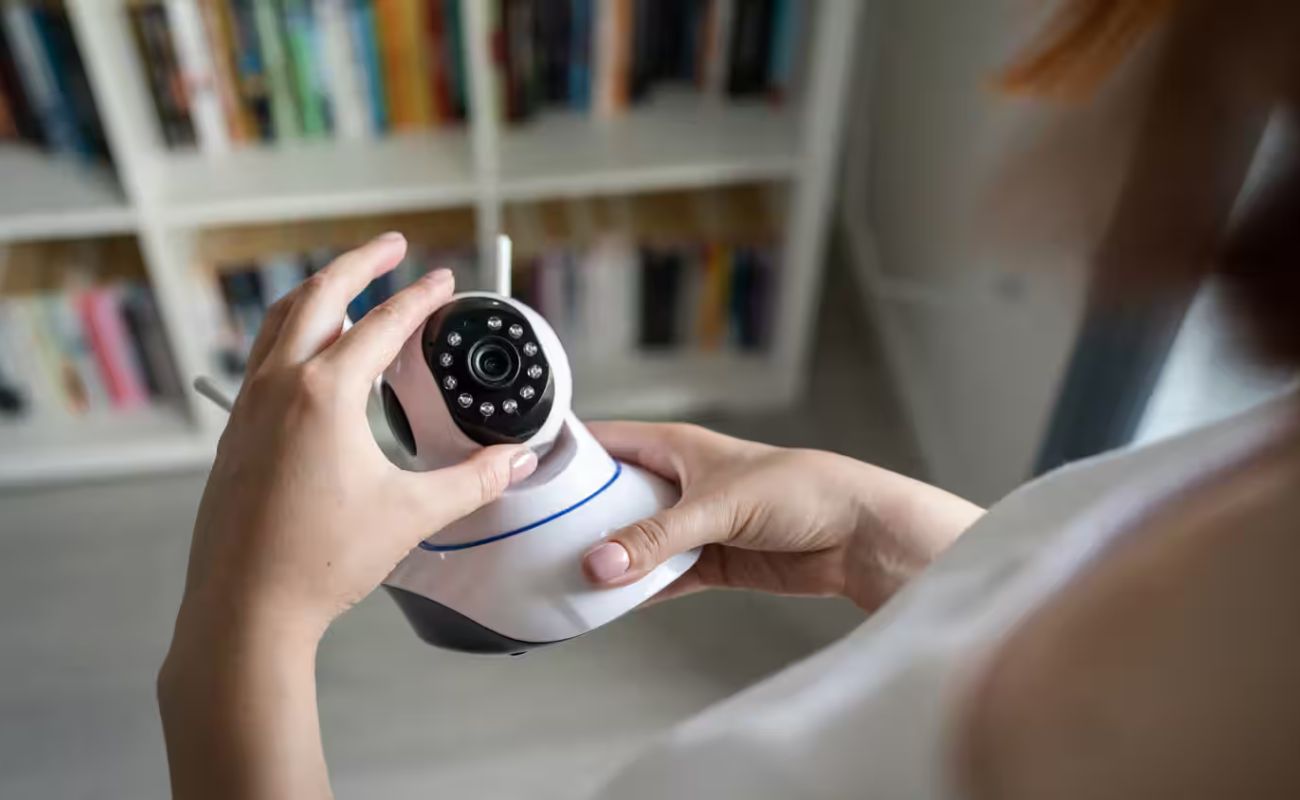


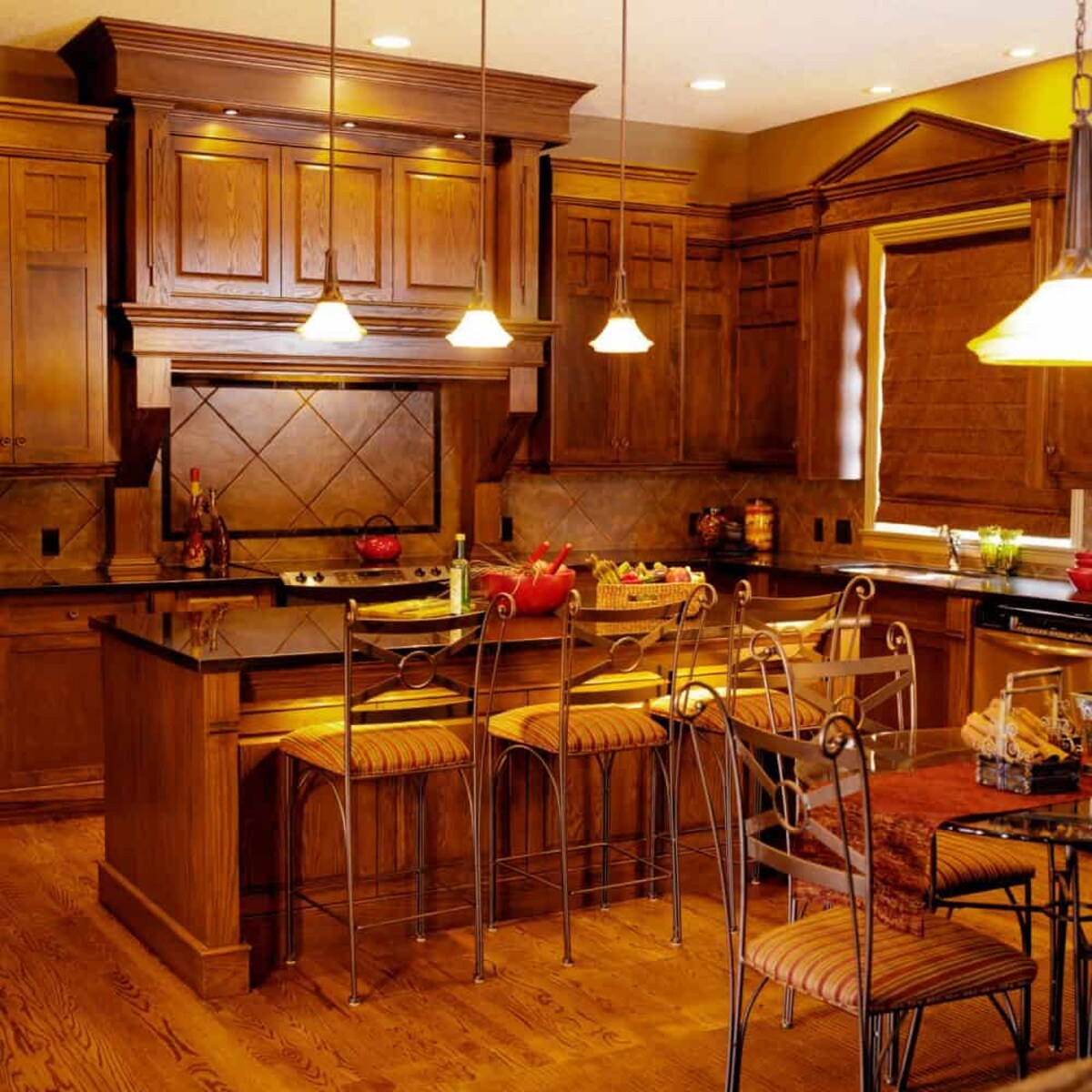

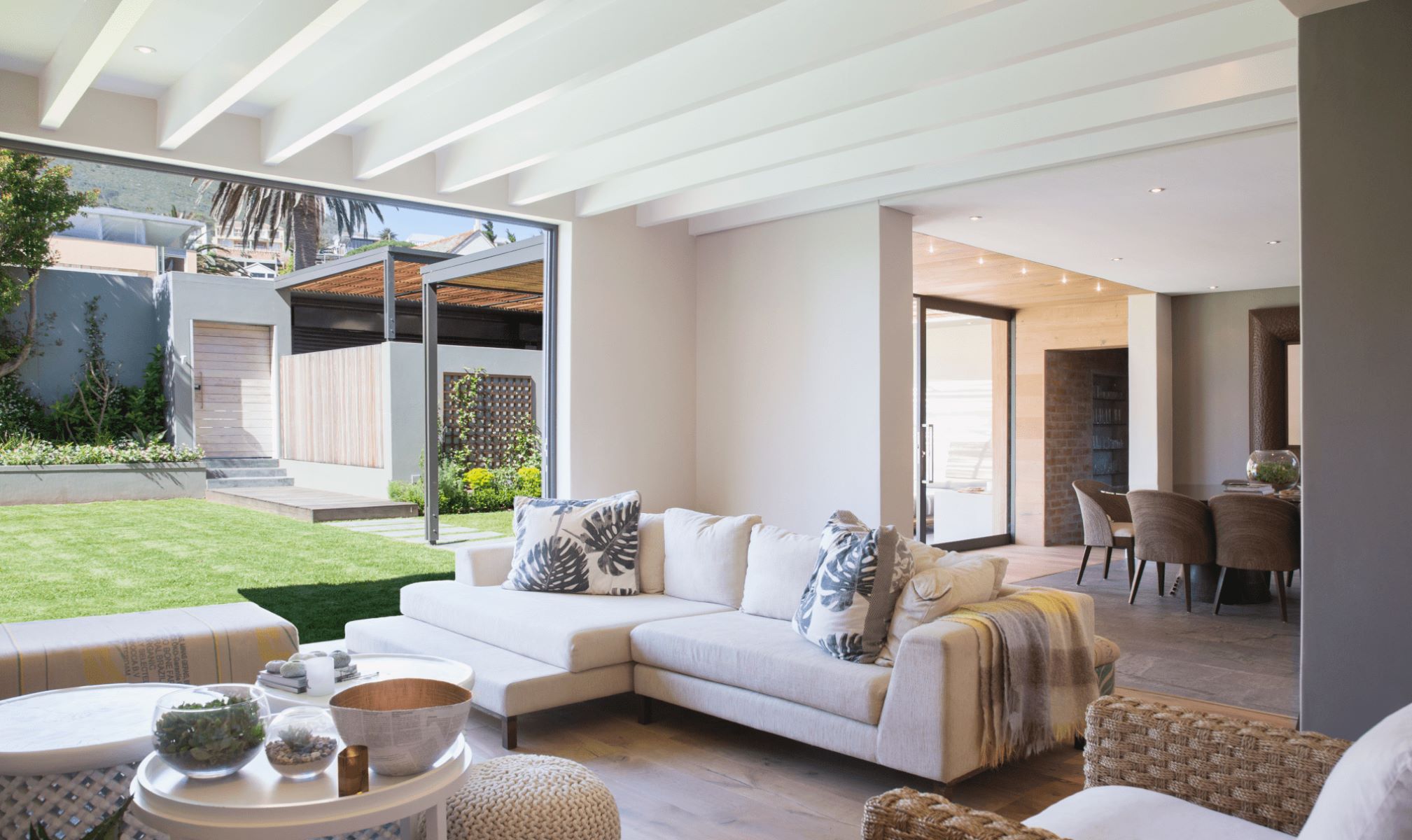

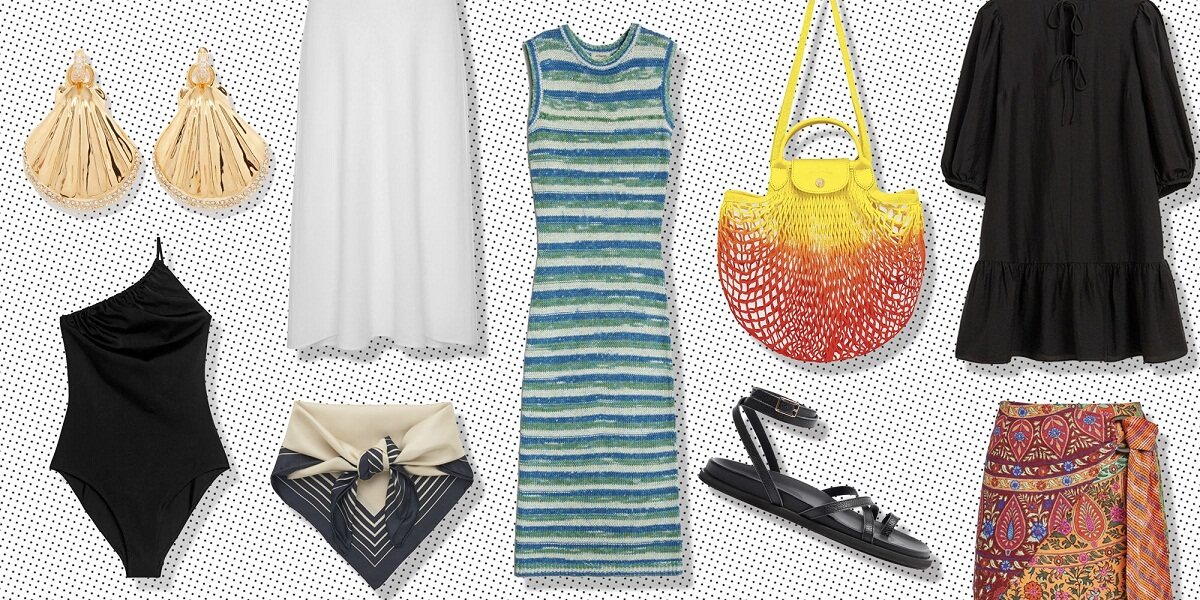
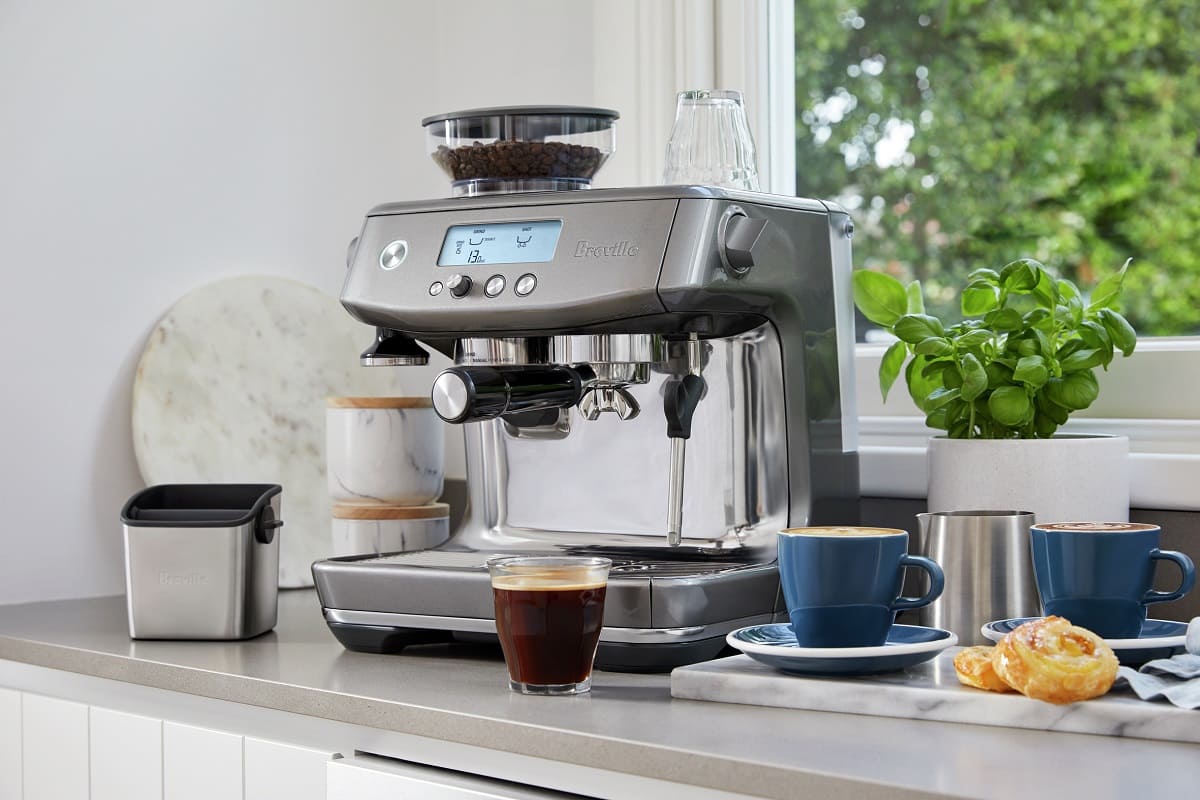
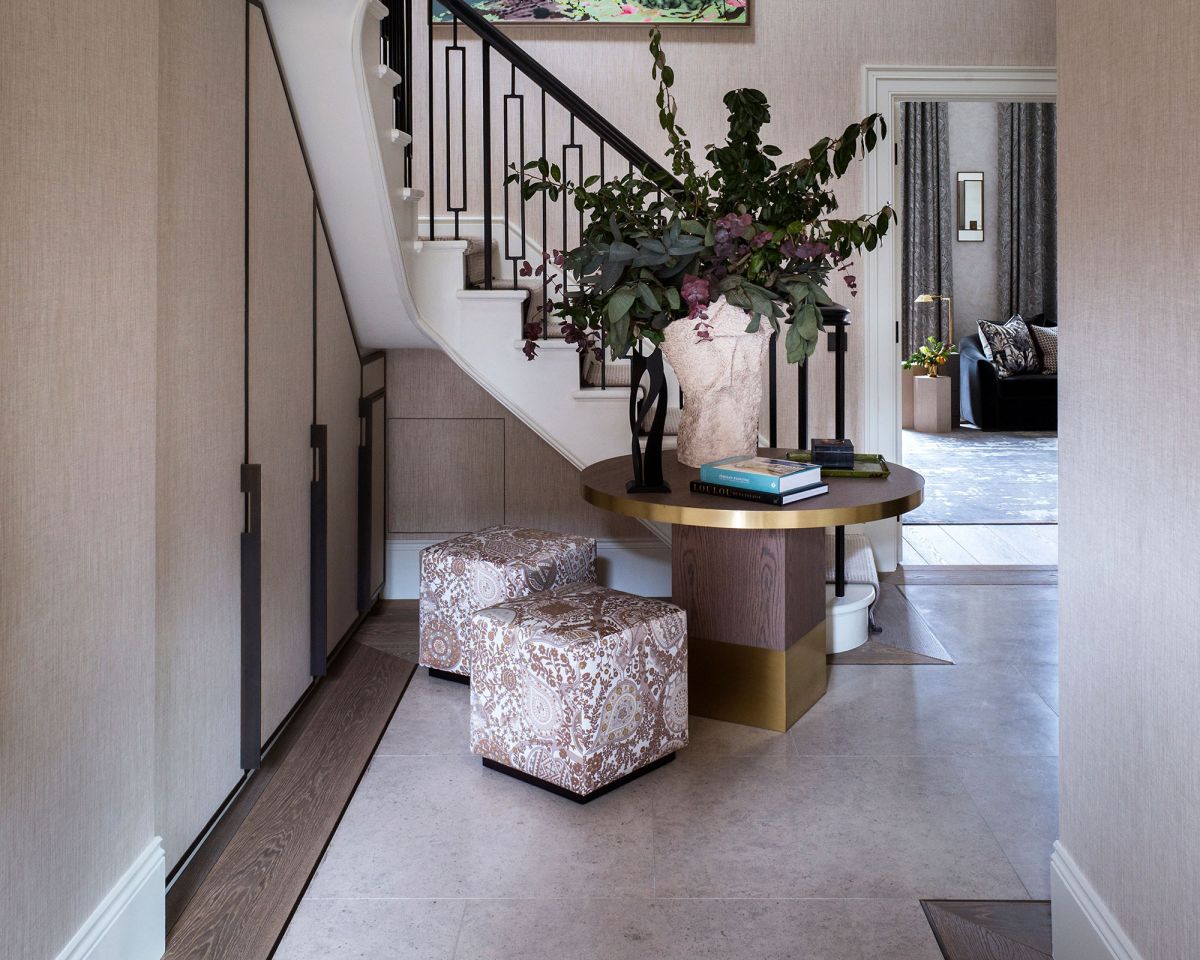
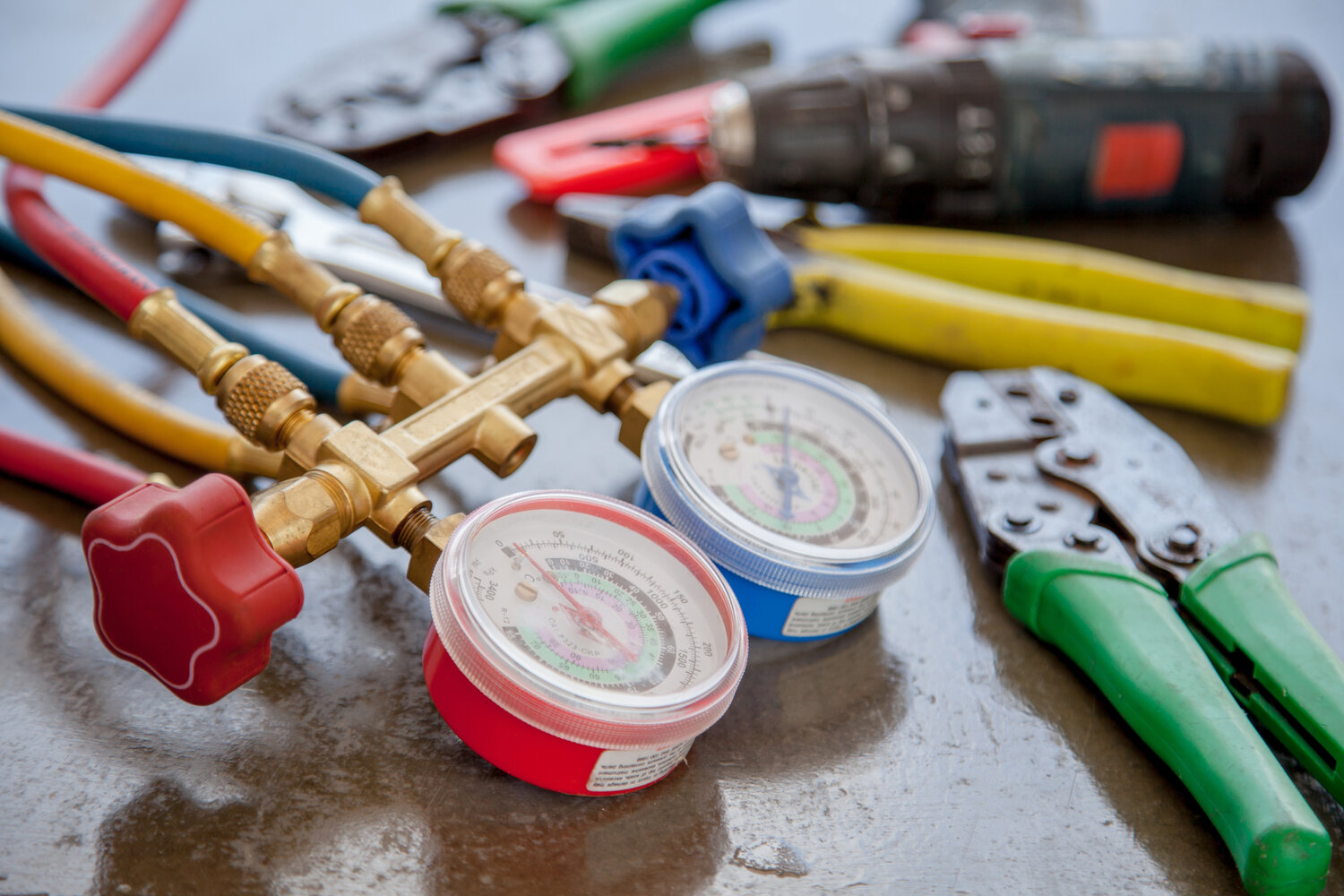

0 thoughts on “What Do You Need In A Home Entryway? 5 Design Rules”